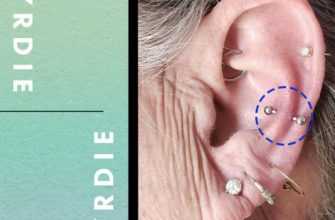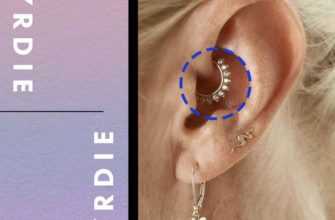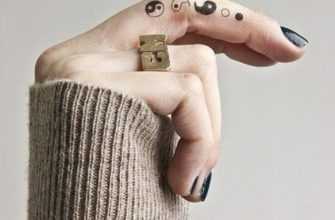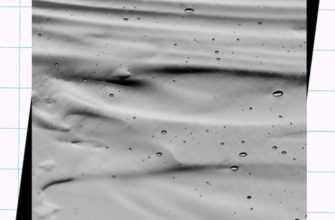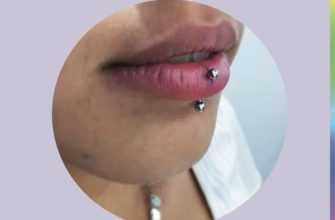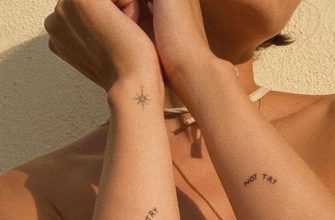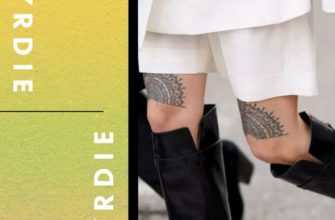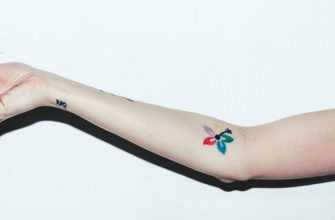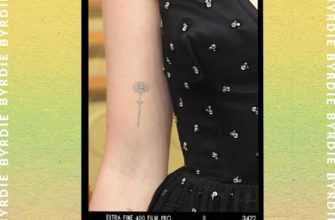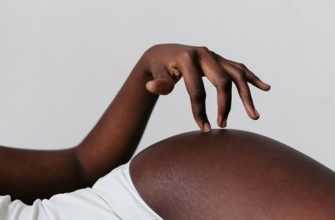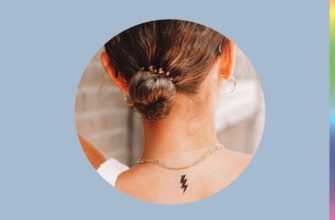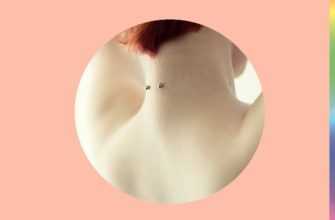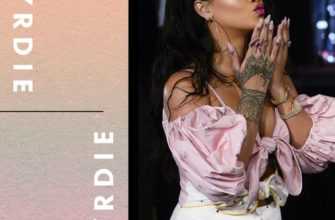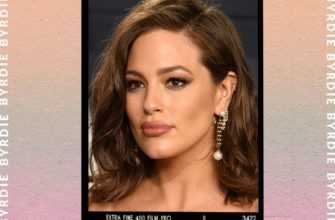The Basics Pain and Healing Time Cost of a Nose Piercing Side Effects of a Nose Piercing Type of Jewelry Used. Whether you chose a subtle nostril sparkle or a statement septum ring, a nose piercing can totally update your look. One of the most fun aspects of a nose piercing is how much creativity you have when it comes to placement. A nose piercing is also one of the easiest to handle when it comes to pain and healing time, too.
Ahead, Brendan Camp, MD, a double board-certified dermatologist, and certified piercer, Janeese Brooks offer tips on getting a nose piercing should you decide to take the plunge. Do note that because some studios might not be offering piercings at the moment, it’s not advisable to take matters into your own hands. Camp says, “YouTube videos are helpful for learning how to install a new faucet or clean out a clogged drain, not for performing a self-piercing.”
Nose Piercing
PLACEMENT: The cartilaginous structure that covers the nostril is the most common area for a nose piercing. Other nose piercings are through the columella, a cartilaginous structure that separates the right and left sides of the nose. This piercing is known as a septum piercing. Piercings are also done on the Third Eye and bridge of the nose.
PRICING: Between $25 and $30 per piercing, though the jewelry is a separate cost.
PAIN LEVEL: 3/10
HEALING TIME: Complete healing time for a nose piercing typically takes four to six months, according to piercer Cozmo Faris.
AFTERCARE: Camp says to wash the area with a sterile saline solution to prevent scabbing and induce healing.
The Basics
There is more than one type of nose piercing. Camp says, “Most nose piercings are through the nasal ala, or the cartilaginous structure that covers the nostril. Some are through the columella, the skin that covers the nasal septum, another cartilaginous structure that separates the right and left sides of the nose,” also known as your septum. The Third Eye and bridge are also places along the nose that are pierced.
Have fun and be creative when it comes to the anatomy of your nose piercing. Your piercer will place a small dot on your nose to show where the needle will be inserted. Take advantage of this opportunity to make sure you like the aesthetics of the placement. If you intend on wearing a ring, you can experiment with placement before your actual piercing using a faux hoop nose ring.
Pain and Healing Time
Although everyone has a different threshold for pain when it comes to body modification, nose piercings are associated with relatively minor discomfort. Brooks ranks it between a three and four on a scale of one to ten. “For a moment, your eyes will water, but only because your nose bone is connected to your eye bones,” she says. “Otherwise, it will feel like a bit of a pinch.” Expect to feel a soft bruise immediately following the piercing. Within a day, pain should subside unless you snag it on something, like your T-shirt or washcloth, so be extra mindful of your face. “Do your best not to sleep on it,” advises Brooks, adding that fidgeting with a new piercing can be tempting but can impede healing.
If pierced with a ring, do not twist, turn, or rotate your piercing for at least eight weeks. When it’s time to switch out your jewelry for the first time, it’s best to return to the studio for professional assistance.
“Gold and yellow colored ‘crust’ will form around the piercing,” says Brooks, adding that this is a possibility with any piercing. To care for any yellow discharge you might encounter, “try not to pick at it,” she says. Instead, she advises you spray the area with saline solution.
To prevent a thick scab from forming, Camp suggests using saline for up to several weeks after your piercing. “Any skin piercing procedure or injury carries the risk of infection because the skin’s barrier is broken,” he says, pointing out that because the inside of the nose is a mucous membrane, it can be prone to infection. “The inside of the nose is a damp, warm place where bacteria grows.” He advises using a solution of white vinegar, known for its antibacterial properties, diluted with water to calm the odor.
Normal effects of inflammation associated with a nose piercing include redness, swelling, warmth, and some pain. To treat, Camp suggests you apply an ice compress and manage inflammation with ibuprofen. If the inflammation doesn’t subside within a couple days or if it worsens, Camp says, “it may be a sign of an infection or a foreign body reaction, meaning that your body is ‘rejecting’ the newly introduced piercing” in which case, you should seek medical attention.
If acne should erupt adjacent to the piercing, Camp says acne medications are fine, but be careful. “Use a gentle cleanser and caution to apply spot treatments with either salicylic acid or benzoyl peroxide to fresh piercings, as they’re more sensitive and prone to burning or stinging.” He also recommends using an acne dot, or a “small circular hydrocolloid dressing that helps dry out a pimple” if you break out near a new nose piercing.
Cost of a Nose Piercing
Your nose piercing should run you between $25 and $30 per piercing, though the jewelry is a separate cost. Read reviews to choose a reputable piercer in a studio that is “hygienic and clean,” says Camp, adding that each state has protocol to follow when it comes to body modification procedures, which can be found on their respective Department of Health websites.
Side Effects of a Nose Piercing
People with reactive or sensitive skin should address their concerns with their body modification artist during the consultation portion of their appointment. “Selecting a piercing made from more inert materials can reduce the risk of a reaction,” explains Camp. “It’s important to avoid softer metals because they can rub off on skin and deposit small particles that stain it. Choosing a piece of body jewelry that can be easily removed if necessary is also a good idea.”
According to the Association of Professional Piercers (APP), you should always wash your hands thoroughly before touching any piercing.
What Type of Jewelry Is Used for a Nose Piercing?
Brooks says going with a stud for your initial piercing is your best bet. “This typically causes less immediate stress and is a bit harder to play with for those who may be inclined to rotate a ring.” Look for studs with a gemstone between 1.5 mm (sparkle) and 3 mm (bling).
Press Fit: A 2-piece jewelry style in which a hollow post is inserted from the inside of the nostril; a gem or “top” is then pressed into the post from above. This style tends to be the most versatile as the tops can freely be changed allowing a person to switch up their look without removing the portion that passes through the piercing.
L-Shape: A nose ring with a post bent at a 90-degree angle.
Nostril Screws: Similar to an L-Shape, nostril screws are jewelry that are bent/arced to match the natural curve of the inside of your nose. This custom bend allows the jewelry to be more comfortable and secure than a standard L-Shape style.
Pin: A straight post that your piercer custom bends into an L-shape to fit your nose. Ideal for people who find other options too large.
Hoop Nose Rings or Captive Bead Rings: A ball closure hoop, or captive bead ring (CBR), that stays in place with a captive ball.
Seamless Ring Hoop Nose Rings: A ring that wraps all the way around the nostril. Twist up and down in opposite directions to open and close.
Never use an earring stud in your nose piercing. Standard earrings are too long, which might cause damage to delicate nose tissue. Note that studs for nose piercings are typically 18G to 20G in size, while earrings are 22G.
What Jewelry Material Is Used for a Nose Piercing?
“Metals that are less likely to trigger a reaction are best suited for piercing,” says Camp; these include titanium and implant-grade steel. Camp also advises avoiding nickel, which he says is “one of the most common causes of allergic contact dermatitis. Allergic contact dermatitis presents as a red, itchy, scaly, swollen rash.” Brooks favors solid 14K gold or titanium.


